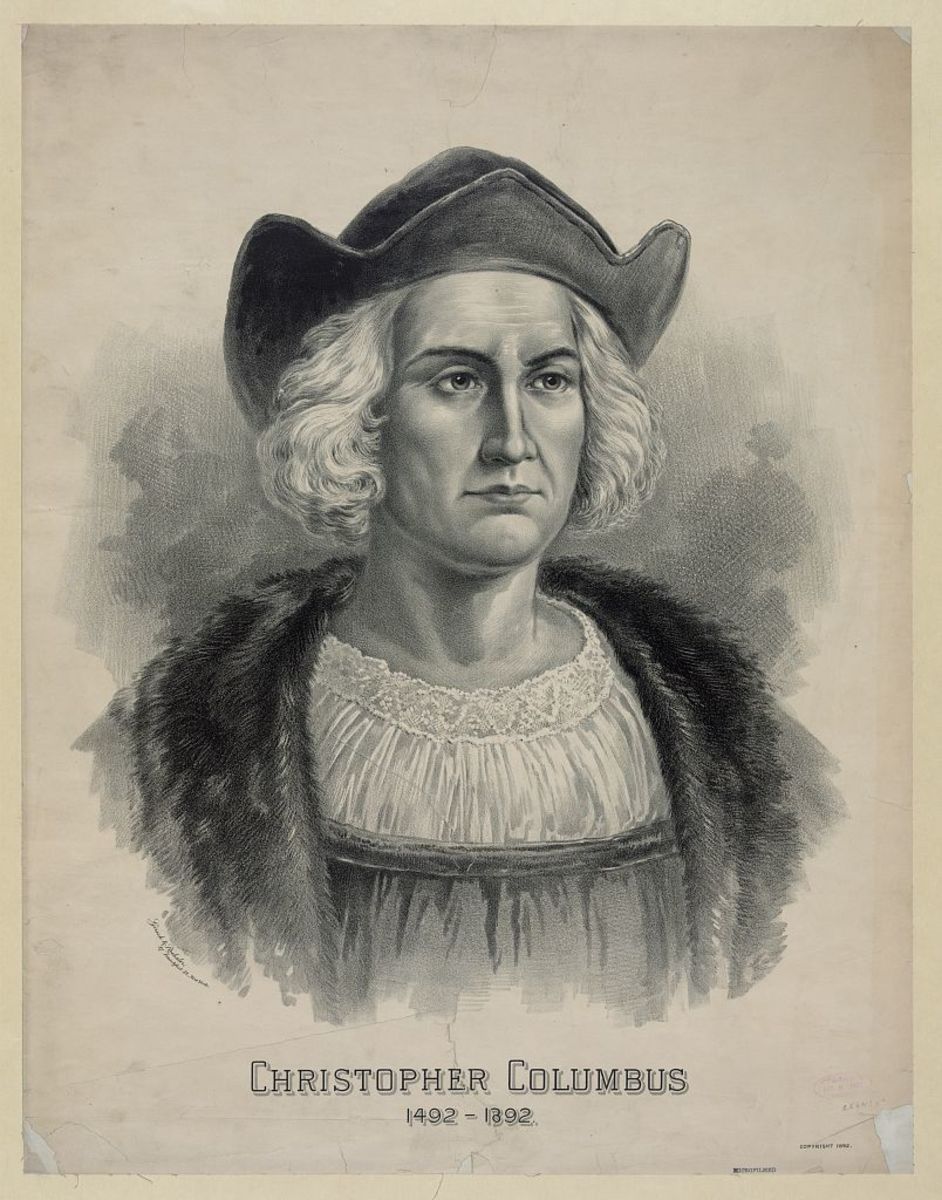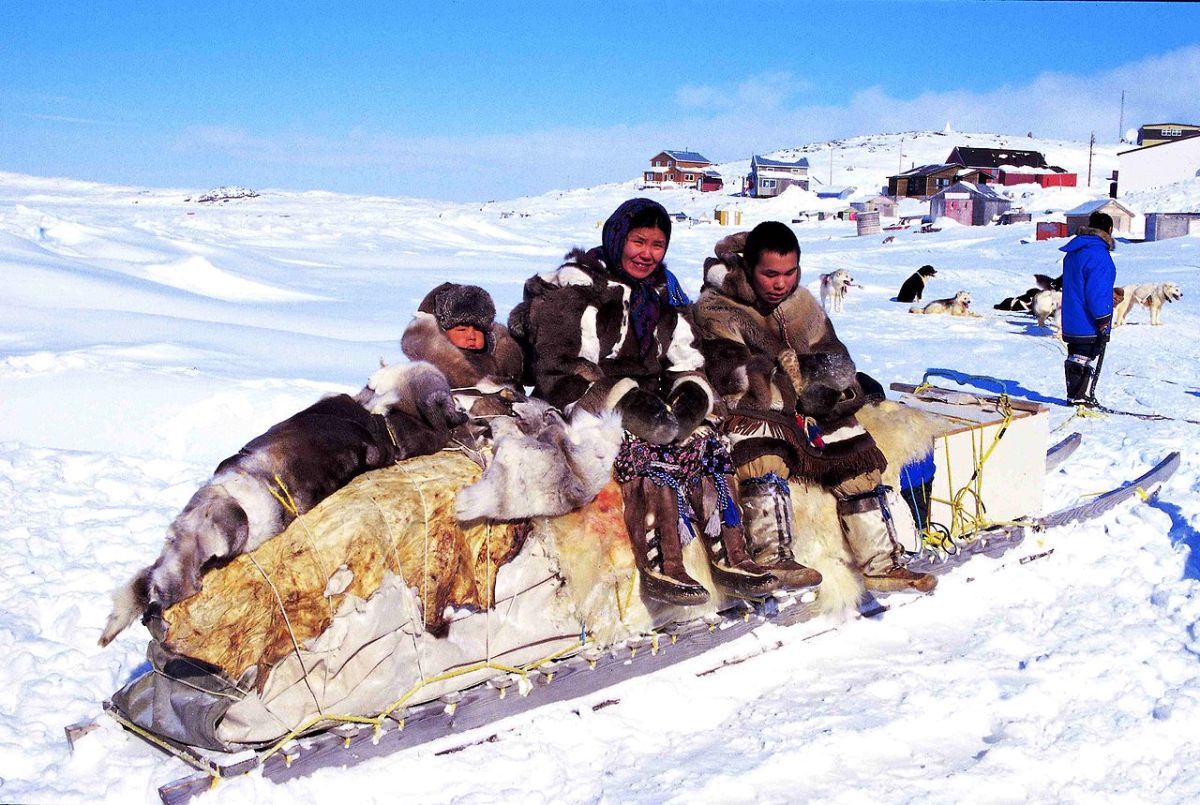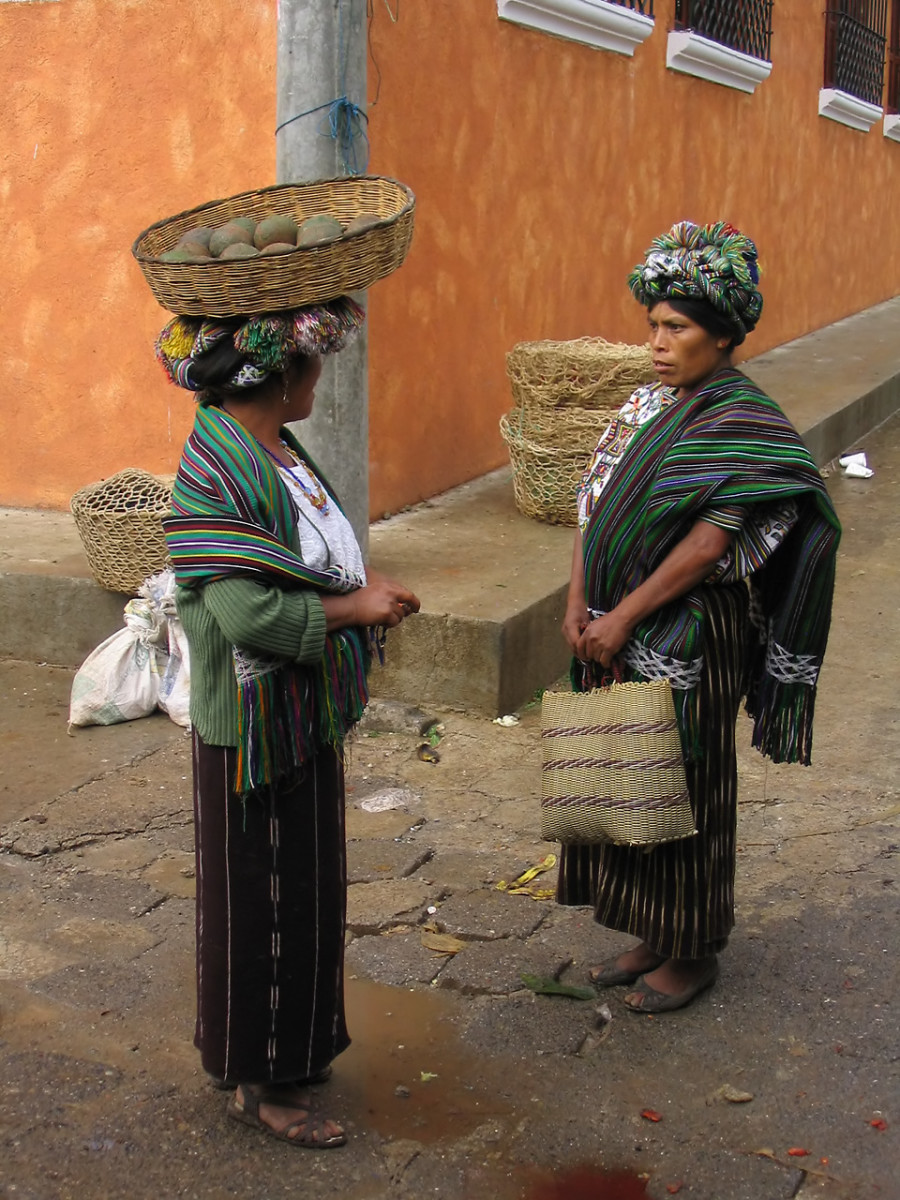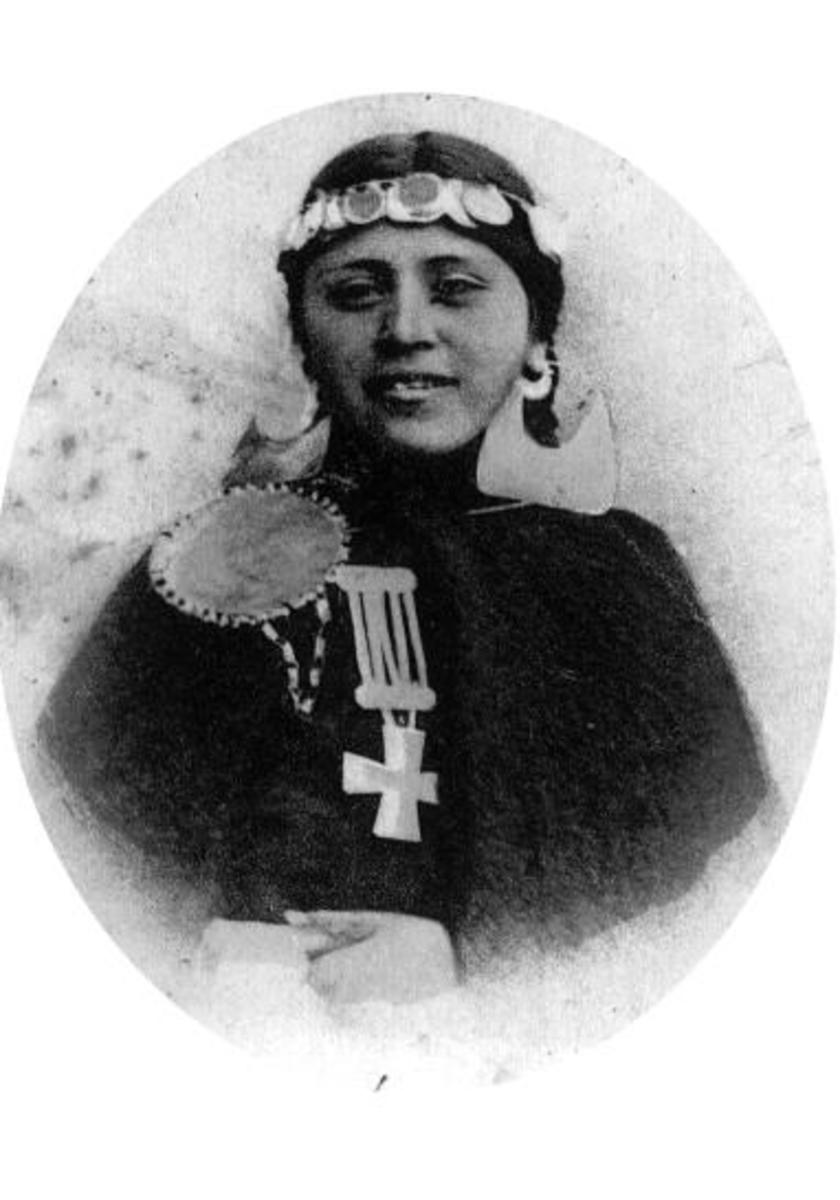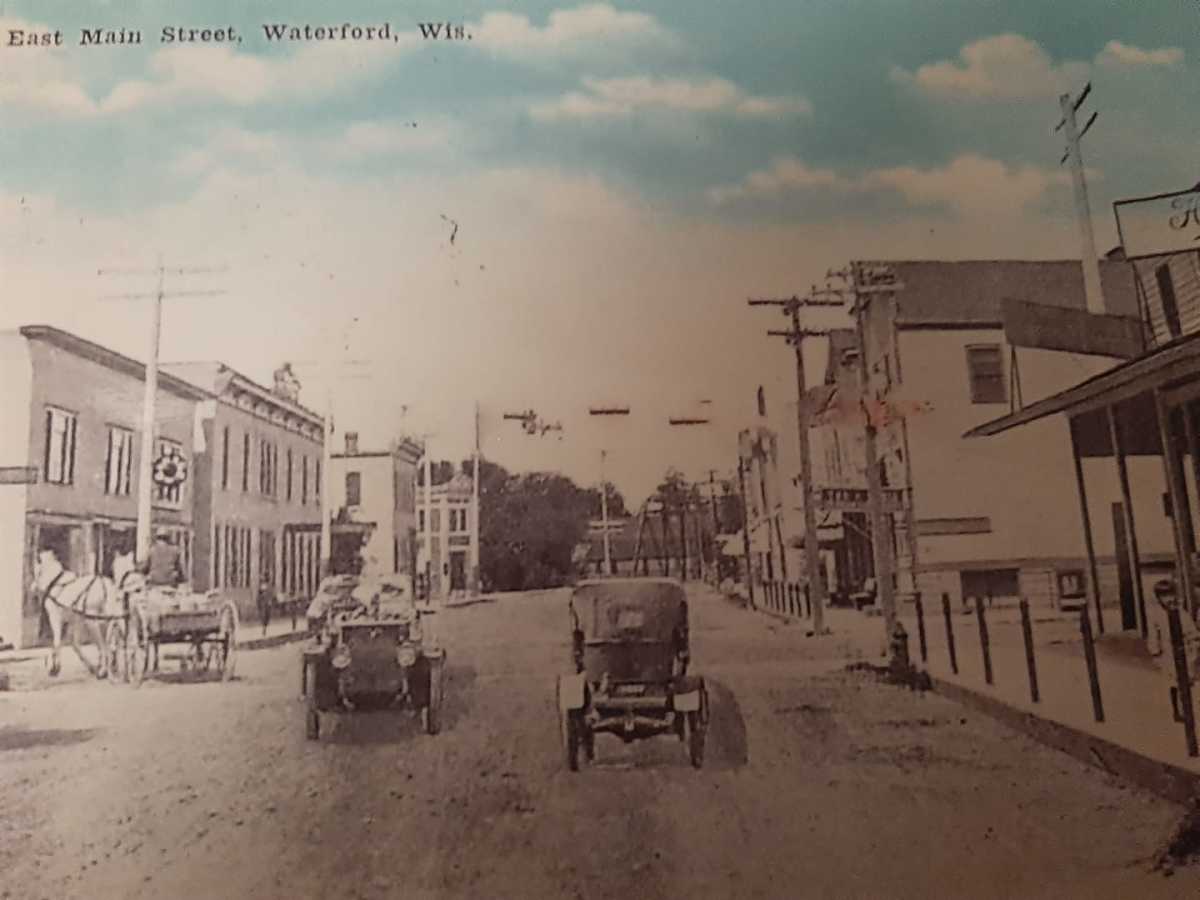Tigkalasan Talaandig 2a
Tigkalasan Talaandig 2a
Chapter VI
Culture Contact and Consequences
The culture contact of the Tigkalasan with outside world was limited until 1975. As earlier discussed this culture contact was limited to only one or at most three individuals. This was practiced for years or even centuries allowing the Tigkalasan to maintain their semi-sedentary life. As history shows, culture contact results of the acculturation of the minority with the majority. In other words, the cultural encounters of the minority IP and dominant majority had the tendency of absorbing the minority culture into the majority. The lesser the culture contact is the lesser the acculturation will be, and the greater the possibility for a minority group to maintain their traditional life. When the first field researchers arrived in 1975, others followed, particularly the Magahats. Since then, the Tigkalasan developed their concept of defense as narrated by Manhikayan. For the Tigkalasan youths, the door was opened for adventure. If we were able to reach their village then they can also reach ours. In other words they can also go out and find the world beyond the border of their ancestral homeland. However, the consequence of opening the doors to the outside was very detrimental to the very existence of the Tigkalasan’s way of life. The most affected groups are the youths. History shows that the youth are prone to accept change as compared to the conservative elders.
But there are other factors that contribute to the acceleration of change. These are the denudation of our forest that was brought about by the descendants of Palagsulat. We were the first outsiders to come in contact with the Tigkalasan. Though our intention was good, but the taboos and the belief that dictates that any outsider that comes into their area will bring disaster to them. It came true.
First Case:
The death of their former leader was actually caused by his overdrinking that he learned after escorting the first team backs to St. Peter. He frequented St, Peter after that until his death either socializing or drinking.
Second Case:
The first contact brought the young Tigkalasan knowledge of the nearby Higaunon household who befriended some of their ladies and even brought them to Butuan City.
Third Case:
Their accidental meeting of the Tigkalasan with the loggers after the first contact brought their young men to the culture of the towns and later came back to their abode with new ideas and plants.
Fourth Case:
Our coming into the area brought soldiers around searching for us; for fear that we might have been abducted by the NPA based in San Fernando. San Fernando was the first entry point of the first group of field researchers and St. Peter was their exit route. Because we knew of the presence of the NPAs in San Fernando, we entered and exited through St. Peter that was actually a longer route when trekking the Minala-Pantaron mountain range.
Fifth Case:
Our presence that caught the attention of the AFP and the PC, caught also the attention of the Magahats who followed our trail later and found us with the Tigkalasan before our research was though.
All the above contacts brought disaster to the Tigkalasan. I was told that after our field research, the soldiers also came in their village in the guise of searching for the NPAs. Upon knowing the presence of the Tigkalasan, the military relocated them by force least they will be caught in the crossfire during the encounters. The presence of the group of Bandoy in the nearby valley added to this problem. I was told by one of my informants that the military brought the Tigkalasan to a place nearer to St. Peter and some were even relocated to St. Peter with the purpose of saving them from the atrocities of insurgency. However, this is just a ploy. The real reason is to cut the possible support that the Tigkalasan could give to the rebels. Guerrillas cannot live without the support of the people. By getting the Tigkalasan near from the NPA holdouts, one possible support group has been lost to the rebels.
Another reason for their relocation was the program of the PANAMIN. At this time the Tasadays was recognized as the last tribe to be discovered and the claim of Briones, particularly that it was funded by a foreign agency, might jeopardize their sensationalization of the Tasadays. Actually, while on our way to the Tigkalasan village we heard helicopters passing over the canopy of trees. We did not know that we were followed then. We do not know until now whether they were there to give us support in case of NPA harassment or they were there upon the order of the PANAMIN who did not approve our field research because of so many reasons and technicalities that they told us just to prevent us from pursuing our research.
SUMMARY AND CONCLUSION
Summary
The Tigkalasan is one of the Indigenous Peoples of Mindanao called the Lumads. Although, the Talaandig group in western Bukidnon did not mention the Tigkalasan as their sub-group, the Tigkalasan believe that they are Talaandigs as reflected in their folktales and legend. The controversy about this term prompted Briones to use the term Tigkalasan in his papers rather than just mere Talaandig because the Talaandig in Western Bukidnon as shown in this study did not include the territory where the Tigkalasan lives as part of their domain.
Though primitive (as the accepted term between a modern and non-modern), the Tigkalasan displayed a culture unique than the others. They are friendly people with simple needs in life. They have their own political system that dictate that their leaders must respects the decision of those who are knowledgeable in the community. The leader is mandated to consult the elders in times when community decisions are sought for. They had their own set of beliefs and practices, simple yet practical considering their semi-nomadic way of life. Their economic life is what sociologist called as subsistence economy. They gather the foods they needed for the day. They only barter the products of their weaving; in other words, crop production was for communal needs only.
The intellectual training was taken cared of by the parents themselves. The mothers taught their daughters the arts of life, household responsibilities and motherhood, while the fathers taught their sons the skills needed to support a family someday. This intellectual training is summarized simply as “learning through experience.”
The social life of the Tigkalasan is also simple. Their men also court ladies but in the old fashion where they talked to the parents first before even talking to the girl. They are also artistic and their bodies are the living canvasses where their arts are painted through the medium of tattooing. They had a set of simple rules concerning sharing of their resources, weighing system, counting, health and others. Their Indigenous Knowledge about the things around them is so admirable that one cannot imagine how they were able to exist in the harshness of the jungle life.
The rest is history. The contact we made with them will always be told and retold that we were the first to visit them before their villages were relocated to the place of the lowlanders. But as their taboos and beliefs had it, the entry of the children of Palagsulat will eventually bring them disaster. It did happen. They are now nowhere to be found. They are now living in the civilization that they abhorred, hence, they live further into the hinterland for fear that the culture of the descendants of Palagsulat will destroy their cherished traditions. This relocation surely brought the death of their culture, their Indigenous Knowledge and the most painful one is the loss of the identity amidst the dizzy world of modernism and competition. I was even told that some of them are now embracing the Christian faith in St. Peter.
Conclusion
Although the Tigkalasan were considered primitive or backward, particularly that they are barely clad, their saga of survival against nature and modernization for a long period of time staying in the wilderness is very useful for us at present. Though their Indigenous Knowledge died with their relocation, the only consolation they have is that part of it, though how scanty it is, is recorded by us and they will never die. If we could not learn from their IKs as they had already adopted the culture where they were forcibly implanted, the lessons from their experience and their relocation are good reminders to those who are engaged in Indigenous Peoples’ plight to learn from this experience. Before, the Tigkalasan fieldwork that we had, nobody claims to be Talaandig. There was no such territorial area of the Talaandig in Western Bukidnon then, although records during the Spanish regime mention of the Talaandig tribe. But when the politics of ethnic preservation became the order of the day, the Tigkalasan, then referred to by Briones as Talaandig, claimants of this tribal identity took the advantage and the Tigkalasan were left in oblivion, only to be remembered by those who once upon a time became part of their lives as they are part of their lives until their memory is lost and gone forever as no one is immortal in this world. Our experiences with them brought us back in our pre-historic times. I was one of the lucky individuals who was able to interact with history, with the people who were lost in time and space owing to their segregation with the rest of their co-IPs that later disowned them because of the distance of their habitat. Their plight is also a lesson of what culture contact can bring to an Indigenous Peoples.
(Thanks to the support given by Adam Leffert)


